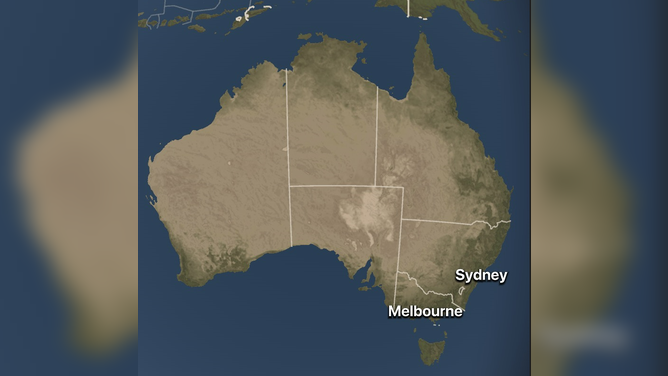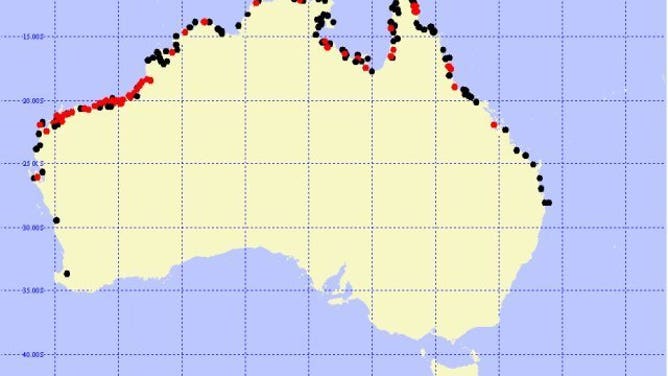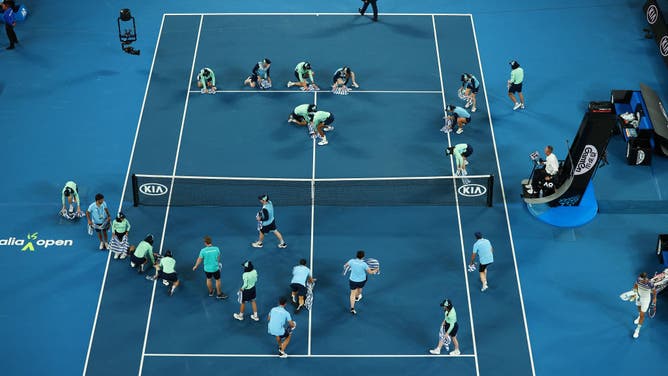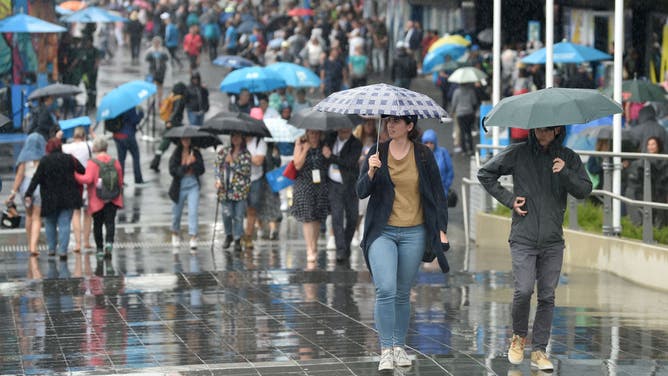Australian Open 2023: Summer weather in full swing across the Southern Hemisphere
The Australian Open is held annually in Melbourne and is the first of four tournaments that make up the Grand Slam. Other major tennis tournaments will be held in France, the United Kingdom and the United States. Rafael Nadal and Novak Djokovic are expected to compete in the tournament.
Australia prepares for major tennis tournament
The 2023 Australian Open runs from January 16–29
All eyes will be on Australia during the next few weeks as the largest stars in tennis battle it out on the hard courts to win the first major championship of 2023.
The Australian Open is held at the start of every year in Melbourne and is one of four Grand Slam tournaments that include the French Open, Wimbledon and the U.S. Open.
Australia is in the heart of summer, which likely will serve as a relief to many of the athletes whose home countries are currently battling through the dead of winter.
Temperatures across large parts of the continent normally reach the 90s and 100s, but because of Melbourne’s ocean influences, it is kept much cooler than other parts of the Land Down Under.
According to Australia’s Bureau of Meteorology, an average high during January in Melbourne only reaches around 79 °F, but there is tremendous variability. The highest January temperature ever was 114 °F degrees and the warmest day on record was nearly 116 °F degrees back on February 7, 2009.
WHY THE SKIES OVER THE PLAINS TURNED GREEN DURING TUESDAY’S DERECHO
According to melbourneaustralia.org, as long as the flow is out of a southerly direction the second-largest city in the country will stay refreshingly comfortable. When winds are strong and approach from a more northerly direction, it is not uncommon to see a multi-day heatwave with temperatures well above average.
January and February make up the driest period for the southern city, with only around an each or two of rain that falls each month. The added moisture is usually accompanied by a cold front or remnants from a tropical cyclone.
Several of the arenas that host the more prominent matches have roofs that tournament referees can order closed in the event of rain or extreme heat.
Not all courts are covered, and during the 2020 tournament, FOX Sports reported a combination of rain and dust made a mess of some of the sites.
Melbourne and many other southern communities are not considered to be at high risk from tropical cyclones, but meteorologists still pay close attention to these features.
HOW WEATHER CAN HELP YOU WIN SPORTS BETS FOR NFL, MLB GAMES
Summer is heart of tropical cyclone season
Australia’s Bureau of Meteorology says the region’s tropical cyclone season runs from November 1 through April 30.
The continent is unique and sits between the Indian and Pacific oceans, both of which are capable of producing cyclones.
Cyclones are similar to hurricanes and typhoons, and some go on to become named and powerful storm systems.
During a typical season, 11 cyclones form around the continent, and four make landfall on the coast.

The largest city in Australia is Sydney and the second
(FOX Weather)
The bureau says due to a lingering La Niña it expects an active tropical cyclone season, with more systems than average.
HURRICANE HUNTER’S WINTER STORM RECONNAISSANCE WELL UNDERWAY OFF WEST COAST
Due to Melbourne’s location along the country's southern coast, the site of the Australian Open is not at high risk from tropical cyclones.
With less than 4,000 miles between Melbourne and the Antarctic, water temperatures are too cold to support tropical cyclone formation.
The northern tier of the country is the hot belt of activity, with the northwest coast being the most prone to cyclone impacts anywhere in the Southern Hemisphere.

Red dots represent severe tropical cyclones and black dots represent non-severe cyclones impacts
(Australia’s Bureau of Meteorology / FOX Weather)



